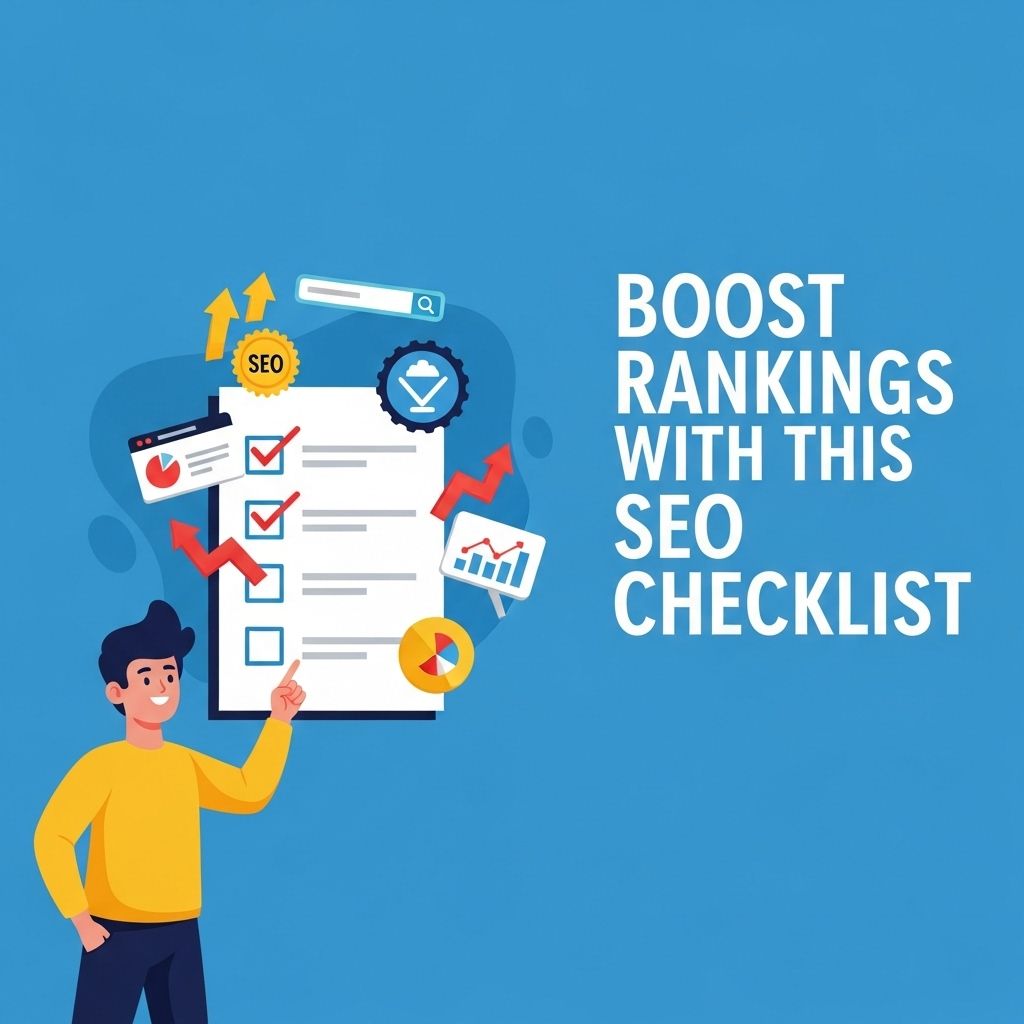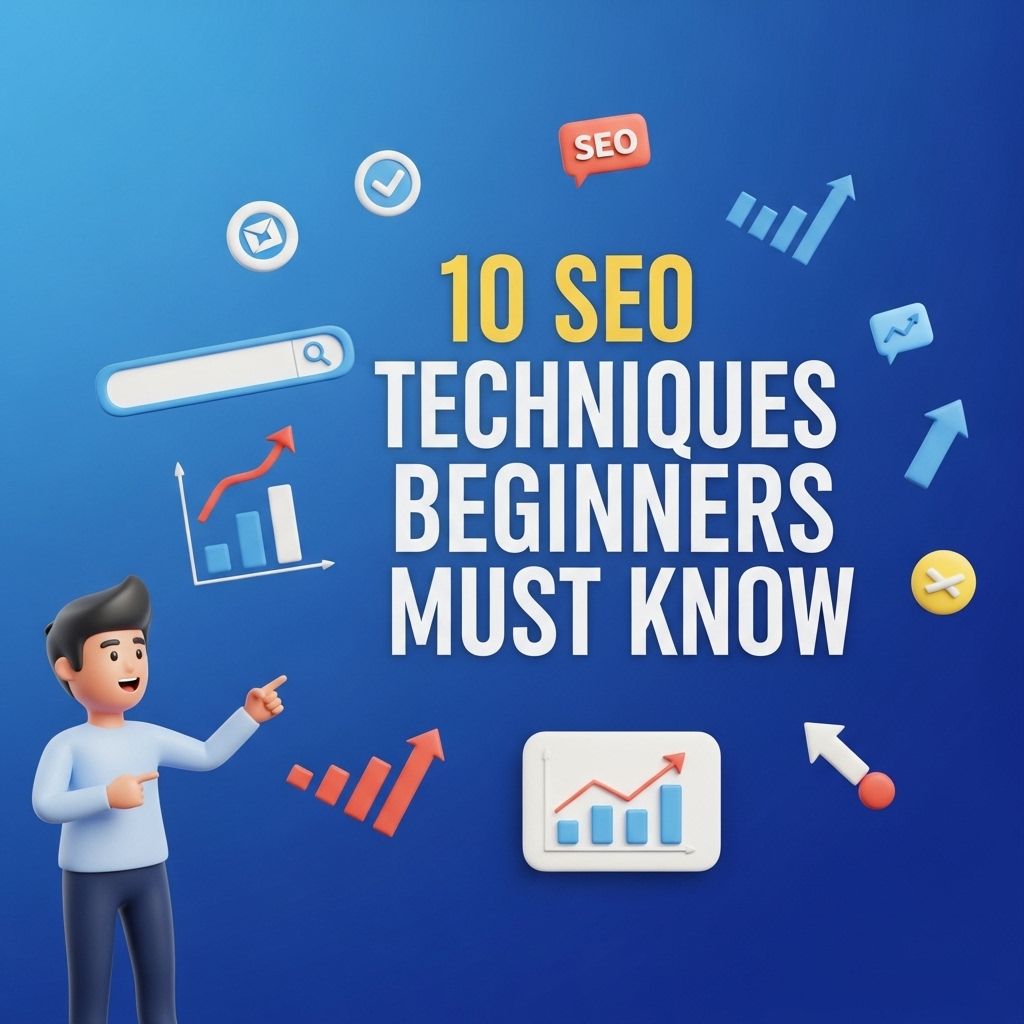In today’s digital landscape, achieving a prominent position on search engine results pages (SERPs) is critical for businesses and content creators alike. The ever-evolving nature of search engine algorithms demands a proactive approach to search engine optimization (SEO). This article provides a comprehensive checklist designed to enhance your SEO strategy, improve your website’s visibility, and ultimately boost your rankings.
Understanding the Importance of SEO
Search engine optimization (SEO) is the practice of optimizing your website to attract organic traffic from search engines. The primary goal of SEO is to increase the quantity and quality of traffic to your website through relevant keywords and high-quality content. A strong SEO strategy can help you:
- Increase brand visibility
- Drive organic traffic
- Enhance user experience
- Improve conversion rates
- Establish authority in your niche
Technical SEO Checklist
1. Optimize Your Website Structure
A well-structured website is crucial for both users and search engines. Ensure your website has a logical hierarchy:
- Home
- Category Pages
- Subcategory Pages
- Product Pages/Blog Posts
Utilize a breadcrumb navigation system to improve usability and help search engines understand your site’s structure.
2. Improve Site Speed
Page load speed is a ranking factor. Use tools like Google PageSpeed Insights to analyze your site’s performance. Key strategies to improve site speed include:
- Compressing images
- Minifying CSS, JavaScript, and HTML
- Utilizing browser caching
- Implementing a Content Delivery Network (CDN)
3. Ensure Mobile-Friendliness
With a large portion of web traffic coming from mobile devices, it is crucial that your website is responsive and provides a seamless experience across all devices. Utilize Google’s Mobile-Friendly Test tool to check your website’s mobile compatibility.
4. Secure Your Website (HTTPS)
Search engines prioritize secure websites. Transitioning to HTTPS ensures data protection for your users. Make sure to:
- Obtain an SSL certificate
- Redirect HTTP to HTTPS
- Update internal links to HTTPS
On-Page SEO Checklist
1. Keyword Research
Conduct thorough keyword research to identify the phrases and terms your target audience uses. Utilize tools like:
- Google Keyword Planner
- Ahrefs
- SEMrush
- Ubersuggest
2. Optimize Title Tags and Meta Descriptions
Title tags and meta descriptions are crucial for click-through rates. Ensure that they are:
| Element | Best Practices |
|---|---|
| Title Tag | Keep it under 60 characters and include primary keywords |
| Meta Description | Keep it under 160 characters, summarize the content, and include a call to action |
3. Use Header Tags Effectively
Header tags (H1, H2, H3) help structure your content and make it more readable. Use them hierarchically:
- H1 for the main title
- H2 for main topics
- H3 for subtopics
4. Create High-Quality Content
Content is king in the world of SEO. Focus on providing value to your readers through:
- Informative articles
- How-to guides
- Videos and infographics
- Original research and case studies
5. Optimize Images
Images are essential for enhancing user experience. Optimize them by:
- Using descriptive file names
- Adding alt text with relevant keywords
- Compressing images to reduce file size
Off-Page SEO Checklist
1. Build Quality Backlinks
Backlinks from authoritative sites can significantly impact your rankings. Consider:
- Guest blogging
- Participating in forums
- Collaborating with influencers
- Creating shareable content
2. Engage on Social Media
Social media signals indirectly affect SEO. Engage with your audience by:
- Sharing valuable content
- Encouraging discussions
- Promoting user-generated content
3. Monitor Your Online Reputation
Your online reputation can influence your SEO performance. Regularly check:
- Customer reviews
- Social media mentions
- Online forums
Local SEO Checklist
1. Optimize Google My Business Listing
For businesses operating in specific geographic areas, optimizing your Google My Business listing is essential. Make sure to:
- Complete your profile with accurate information
- Add high-quality images
- Encourage customers to leave reviews
2. Utilize Local Keywords
Incorporate local keywords naturally throughout your website. For example, if you run a bakery in Austin, include terms such as “Austin bakery” in your content.
3. Build Local Citations
Ensure your business is listed on local directories and citation sites to improve visibility. Common platforms include:
- Yelp
- Yellow Pages
- Local Chamber of Commerce websites
Measuring SEO Success
Key Performance Indicators (KPIs)
To gauge the effectiveness of your SEO efforts, it is essential to track relevant KPIs. Focus on the following:
- Organic traffic
- Keyword rankings
- Conversion rates
- Bounce rates
- Time on page
Tools for Monitoring SEO Performance
Utilize the following tools to help monitor and analyze your SEO performance:
- Google Analytics
- Google Search Console
- Ahrefs
- SEMrush
Conclusion
Incorporating these SEO strategies into your digital marketing efforts will provide a solid foundation for improving your website’s visibility and ranking. The world of SEO is dynamic, so staying informed about the latest trends and algorithm updates is vital for long-term success. By regularly implementing this checklist, you can ensure that your website remains competitive in the ever-changing digital landscape.
FAQ
What is an SEO checklist?
An SEO checklist is a comprehensive guide that outlines the essential tasks and strategies needed to optimize a website for search engines, improving its visibility and rankings.
Why is an SEO checklist important?
An SEO checklist is important because it ensures that all necessary optimization steps are followed, helping to improve site performance, user experience, and ultimately, search engine rankings.
What should be included in an SEO checklist?
An effective SEO checklist should include keyword research, on-page optimization, technical SEO, content quality, backlink strategies, and performance monitoring.
How often should I use an SEO checklist?
You should use an SEO checklist regularly, especially when launching new content, redesigning your website, or conducting periodic audits to ensure all SEO best practices are being followed.
Can an SEO checklist help with local SEO?
Yes, an SEO checklist can help with local SEO by including tasks specific to local search, such as optimizing Google My Business listings and ensuring consistent NAP (Name, Address, Phone) information across directories.
Are there any tools to help create an SEO checklist?
Yes, there are various tools available, such as SEMrush, Moz, and Ahrefs, that can help create and manage an SEO checklist, providing insights and recommendations based on your website’s performance.




